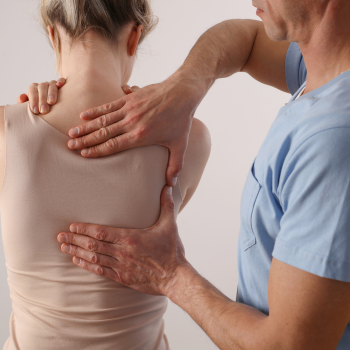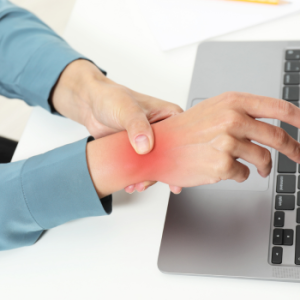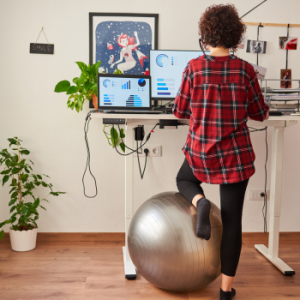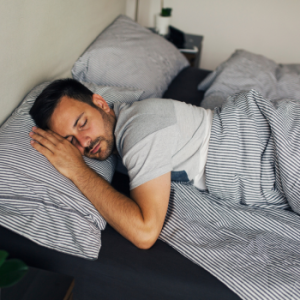Scoliosis is a topic which causes some anxiety for parents. But firstly, what is it?
The most common form of scoliosis is idiopathic scoliosis. Idiopathic means the underlying cause is unknown and spontaneous. Importantly, there is not an underlying sinister cause for the curvature changes. Although there are genetic tendencies and familial traits which make the likelihood of scoliosis more common for some individuals, the underlying cause is not yet fully understood. However, the underpinnings of scoliosis seem to be neurological in nature.
Idiopathic scoliosis is a 3 dimensional structural deformity of the spine with a curvature of 10 degrees or more (measured on x-ray using a measurement called the cobb angle). The 3 dimensional curve comes from the sideways bending of the spine in conjunction with rotation of the vertebrae.
The rotation component of the scoliosis is picked up with the forward bend test (Bending forward with straight legs) where you can visually see a higher shoulder girdle due to the posterior vertebral body rotation on the involved side.
Other signs which you may observe include: an elevated hip on one side, a lower shoulder, a more prominent shoulder blade and an increased distance between the waist and arm on one side.
With scoliosis, the curve is also present when sitting down. If the spine straightens when sitting, the underlying cause is usually due to a functional pelvic problem or short leg.
The concern with scoliosis for parents is the question of “will this curve get worse”? The adolescent scoliosis is the most common and develops after the age of 10. The good news is the VAST majority DON’T progress to the severe curvatures which require bracing or surgery.
The earlier a scoliotic curve is picked up the better. The aim is to identify and manage scoliosis BEFORE children enter into their pubertal growth spurt period as this is the time for most rapid growth and in turn the possibility for increased curve progression.
Girls typically enter this stage earlier around the age of 11-13. Boys start slightly later from 13-15. An X-ray prior to the pubertal growth spurt stage is prudent as the degree of curvature present prior to these growth spurts is used to determine the risk of further progression. Aside from the degree of spinal curvature throughout pubescent growth spurts, we also need to keep track of the spinal standing height and sitting height.
NB: a curve of less than 20 degrees at the onset of puberty has a small – 16% chance of progressing to surgery, according to the Journal of Orthopaedics. Moderate curves can also be referred for orthopaedic assessment to see if bracing would be beneficial.
A skilled chiropractor can monitor curve progression and refer if necessary. But as the vast majority of curves are non surgical and also do not usually require bracing, chiropractors are well positioned to optimize spinal function and help limit curve progression for minor curves. The adjustments will also help with posture changes and mitigate pain associated with growth spurts.
If you are worried about your child’s posture and would like a spinal assessment done, help is just a phone call away.
References:
Westrick, E. R., & Ward, W. T. (2011). Adolescent idiopathic scoliosis: 5-year to 20-year evidence-based surgical results. Journal of Pediatric Orthopedics, 31(1 Suppl), S61–8. doi:10.1097/BPO.0b013e3181fd87d5
Wang, W.-J., Yeung, H. Y., Chu, W. C.-W., Tang, N. L.-S., Lee, K.-M., Qiu, Y., et al. (2011). Top theories for the etiopathogenesis of adolescent idiopathic scoliosis. Journal of Pediatric Orthopedics, 31(1 Suppl), S14–27. doi:10.1097/BPO.0b013e3181f73c12
Miller, N. H. (2011). Idiopathic scoliosis: cracking the genetic code and what does it mean? Journal of Pediatric Orthopedics, 31(1 Suppl), S49–52. doi:10.1097/BPO.0b013e318202bfe2





